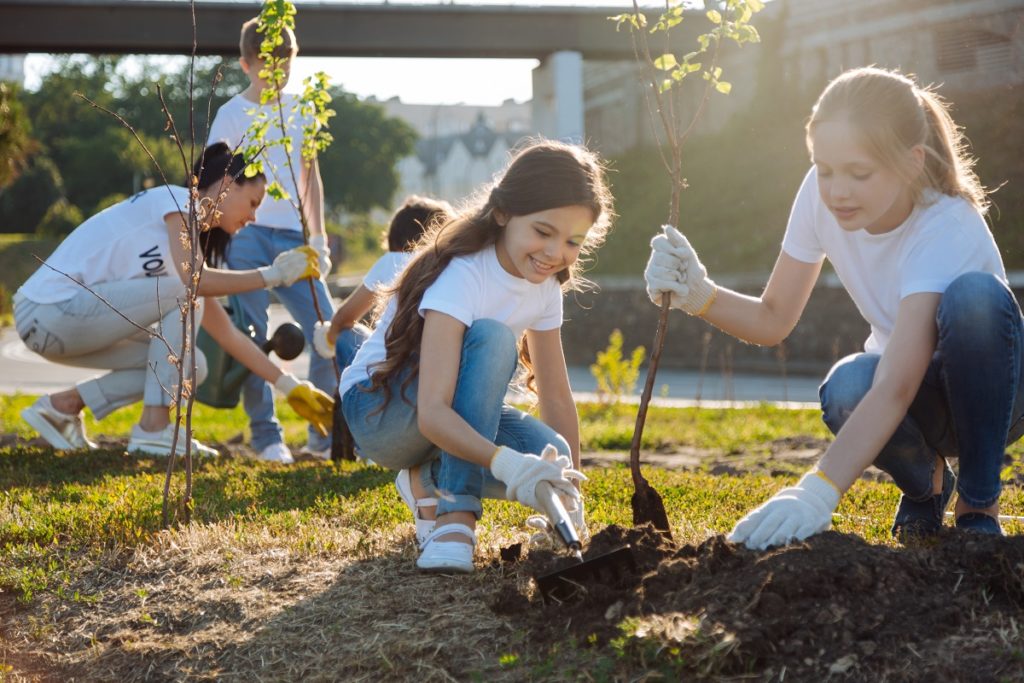The Christmas tree always looks beautiful, especially after the installation of colored lights and other decorations. During the cold winters in your home in Utah, the Christmas tree brightens your home and fills it with warmth and a feeling of hope. And every year, it serves as an inspiration for you to do something meaningful for the community, your children, and the planet. That’s part of your job as a community relations officer for one of the biggest companies operating in the city.
Last year it was about recycling and garbage collection. This year, you figured that it should be about a tree-planting campaign. Tree planting is one of the best ways to fight carbon dioxide (CO2) emissions. If you also work as a community relations officer or a corporate social responsibility head, the following discussion will be useful.
Trees and the Environment
Climate change is upon us. There’s no denying the science, no matter how loud the climate change deniers are. The Intergovernmental Panel on Climate Change (IPCC) reported a 1.5°C (34.7°F) increase in the world’s temperature relative to the pre-industrial levels. This rise in temperature is due to the rapid industrialization to meet civilization’s economic and daily living needs. Factories and machines release excessive amounts of CO2 into the atmosphere, and over centuries, this has led to the rise in the earth’s temperature.
Significant industries can reduce their carbon emissions, but the best strategy to fight climate change is to plant trees.

Tree Planting
So how do trees fight global warming? Trees or plants, in general, absorbs CO2 and turns it into carbohydrates, which in turn allows it to grow. Trees then release oxygen that humans need to breathe. Here are a few more things to note when starting a tree-planting campaign:
- Location. Think long term. So it can’t be just a small patch of land that can accommodate two or three trees when they’re fully grown. Identifying a location that covers a significant area of land is essential. Does your company own property that’s up for development, and can you incorporate creating a small forest park as part of its development? Likewise, location is essential to the trees that you are going to plant. Different trees require different resources to survive, e.g., the quality of the soil or the weather. Do your research and find out the best location for your trees.
- Coordinate with local authorities. Typically, there’s a Forestry Department in your city. They will generally have a plan about reforestation. Find out from the department how you can consolidate your initiatives with their projects. The department is a great resource to tap because they provide the saplings, and they can teach you how to plant the trees.
- Plant at the right time. Experts suggest that the best time to plant trees is in April and May. Other trees can be planted at the end of the third or beginning of the fourth quarter of the year. Because of the moisture of the soil and the quality of the air during these seasons, trees tend to thrive more and survive.
- Do it in your yard. Every tree helps. A tree can provide oxygen for two human beings. If you’re not part of an organized campaign, see how you can re-do your front yard landscaping to include a couple of trees.
The CO2 captured by all the forests in America translates to billions of dollars in control costs savings. By planting trees, you’re contributing to these savings while breathing a new life to the planet.

